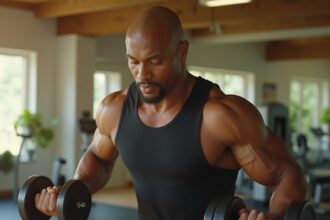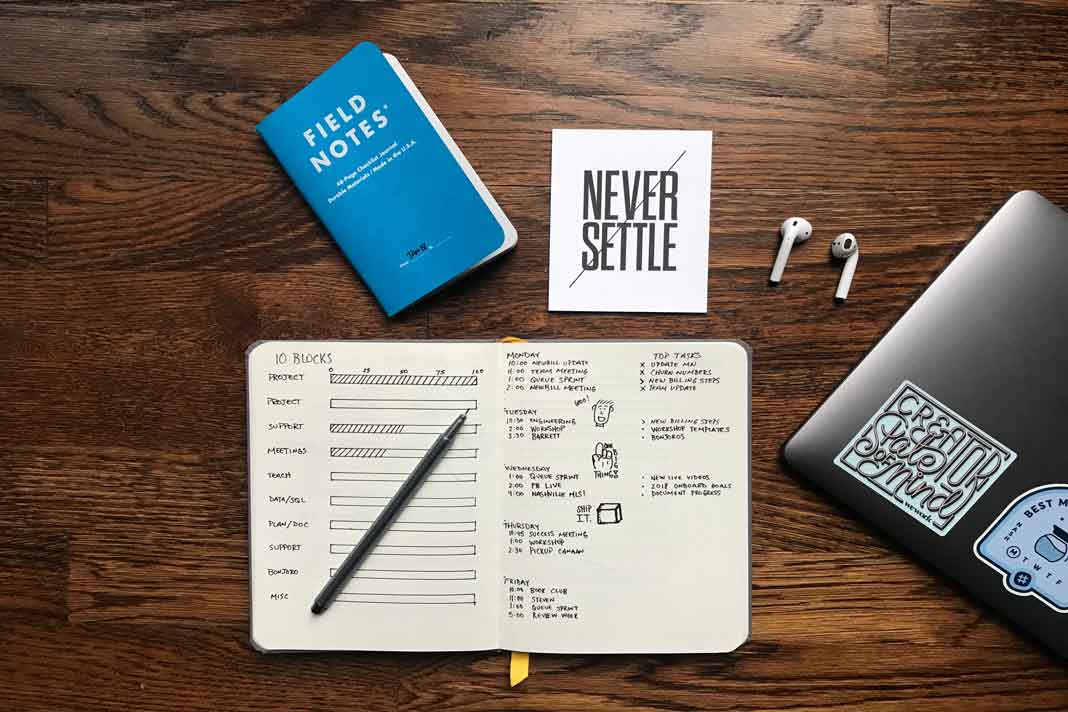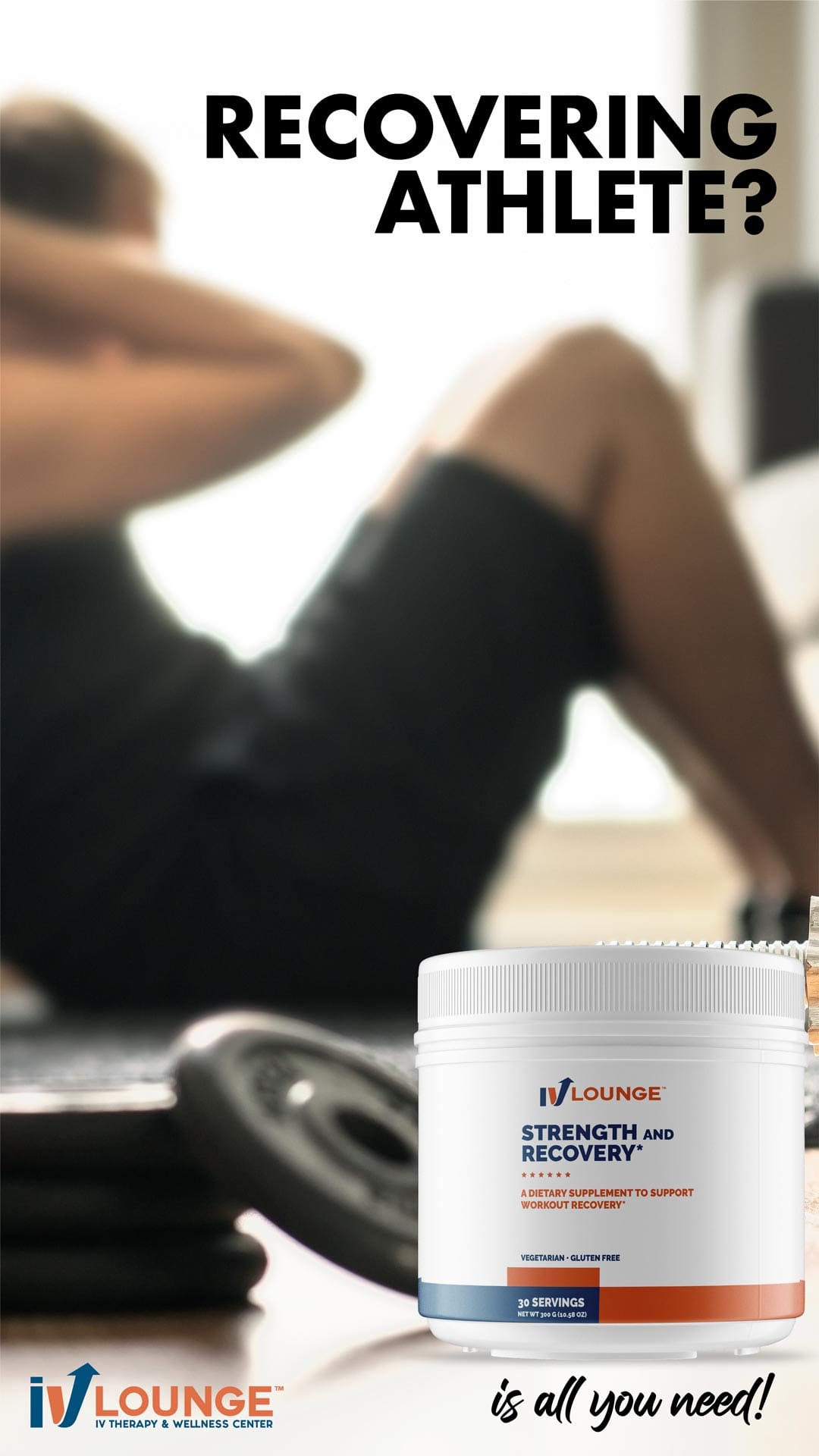Fitness Journal: Track your Progress: Keeping with the theme of “New Day, New Year, New You”, let me offer you another tactic you can add to your arsenal for progress. Over the years, I have helped hundreds of athletes with performance problems. However, as my Practice grew, I began to see the athletes along with others. I would see them accompanied by their significant other, their trainers, their coaches, and even their sponsors. So, I have become a “go-to” resource for Coaches, Trainers, and Instructors (CTIs). What I offer here is one of the most useful tools to promote and maintain progressive change. It is so important, that I make it a mandatory condition to see me. It is non-negotiable. Either you do this, or you’re fired! As with many meaningful things in life, this tactic is simple. However, I did not say it would be easy! It requires discipline and paying attention. It also requires a sense of unvarnished honesty.
By: Dr. Tom Fisher
I like to compare the skills necessary to be successful to the three elements of the Socratic Method. The elements are: Intelligence (you need to know what you’re talking about), Candor (a matter-of-fact, brutal honesty), and Good Will (a sense of humor and in everyone’s best interest). Socrates must have had something worthwhile to say. It is still as relevant today as it was in his day. However, I have found that “ego” may tend to interfere with your Intelligence, Candor, & Good Will. So, you need to relax, and regard this as an investment in your performance future. The “tactic” to which refer is keeping an accurate and consistent Journal. A hallmark of being a CTI is to always base your opinion on facts. As a CTI, the first responsibility in serving the needs of your athletes is to measure progress. Given the technology available, you cannot afford to simply “wing-it” and guess. Regardless of the activity, do your best to weigh it, time it, or put it to a tape-measure. Quantify it as accurately as possible, but just as important, write it down. Keep accurate and consistent records. A convenient tool to do so is the Journal. As a CTI, you can keep your records, but it is necessary for the athlete to keep their own Journal. It serves many functions, so let me explain the “method to my madness”.
A few things need to be said about the nature of a Fitness Journal.
First, it is meant to be “eyes only”… That means the Journal is not open for public display, or for sharing. For it to be useful, it needs to be a private discussion; the author to themselves. This helps promote openness and honesty with the daily entries (no guarantees, but let’s try to swing the odds in favor of success…!) This privacy helps minimize “ego inflation” for the sake of other readers.
Second, I am often asked about what should be said. Remember that the Journal is your Journal. You alone own it. I usually leave the contents to the discretion of the author. (You know, better than anyone, the problems you have and the things that concern you). I usually suggest some entries that are universally useful. These include: things that you did well, things you believe could use some work, some basic thoughts, basic feelings (positive or negative), things to do, a daily “satisfaction score” (1-10), etc. You might want to also write about anything unusual that happened that day. (It always bothers me when I ask someone about how they are doing. When I get an answer like “Oh, same stuff, different day”, I think about the tragedy of not paying attention. Geez, you need to get out more…!) The entries will, typically, take on a life of their own. An object lesson is to have the author compare entries when they started (perhaps weeks or months ago) to entries currently being made. Are they longer or shorter? Are they more or less detailed? Are you even tracking the same things? Just have them notice the pattern. For some, just the act of writing to yourself may be a bit uncomfortable. Stick with it. Invest in yourself. Pay attention…!
 Third, I am often asked about the format. After doing this for so many years, I have seen quite a variety! I have seen gilded, parchment Journals with tooled leather covers and locks. I have also seen an increased use of phone or online Journals. Whatever works best for you. I have also found that a nicer Journal usually inspires more dedication to the process. You might want to go to a book store, and head straight for the “Clearance” section. They usually have very nice Journals for pennies on the dollar. Select one that you can relate to, and get started…
Third, I am often asked about the format. After doing this for so many years, I have seen quite a variety! I have seen gilded, parchment Journals with tooled leather covers and locks. I have also seen an increased use of phone or online Journals. Whatever works best for you. I have also found that a nicer Journal usually inspires more dedication to the process. You might want to go to a book store, and head straight for the “Clearance” section. They usually have very nice Journals for pennies on the dollar. Select one that you can relate to, and get started…
Fourth, you might want to set aside a regular time for your entries. I have had feedback that, after a while, this gets integrated into your Activities of Daily Living (ADLs). It becomes another part of your daily routine. (Personally, I make it one of the last things I do before bedtime.) Remember that it must be accurate and consistent. Making daily entries helps with being consistent. (Don’t wait until Friday evening to sit down to ask “OK, what did I do Monday?” Too late!)
Fifth, The Journal is useful on several levels. It allows a private “sounding board” for the author. Thoughts, feelings, plans, and dreams are all written down to minimize going over the same material again and again without resolving them. You can simply pick up where you left off. It will also be evident that you are making progress. It is written by you, to you, without a filter. This becomes even more apparent when you have several months of entries documenting your working through problems. You have a written history of your work!
 A special note to Coaches, Trainers, and Instructors (CTIs). Some of the most difficult athletes I have dealt with involve significant injury & rehabilitation. On the rare occasion, the injury is “career-ending”, and requires the athlete to “reinvent” themselves. More often, the rehab process is drawn out, full of pain, frustration, and fear of not getting back to the game. Here, the Journal takes on a very different role. The athlete is required to keep a personal, eyes-only, accurate, daily Journal of the entire rehab process. Most of the athletes I see are action-oriented. They are not particularly patient. They want it all, and they want it now. If I begin to hear complaints about “not getting anywhere”, I have them re-read their Journal entries from several weeks prior. They read their own words written to themselves. This usually helps to put the rehab process in perspective, and it avoids arguing opinions.
A special note to Coaches, Trainers, and Instructors (CTIs). Some of the most difficult athletes I have dealt with involve significant injury & rehabilitation. On the rare occasion, the injury is “career-ending”, and requires the athlete to “reinvent” themselves. More often, the rehab process is drawn out, full of pain, frustration, and fear of not getting back to the game. Here, the Journal takes on a very different role. The athlete is required to keep a personal, eyes-only, accurate, daily Journal of the entire rehab process. Most of the athletes I see are action-oriented. They are not particularly patient. They want it all, and they want it now. If I begin to hear complaints about “not getting anywhere”, I have them re-read their Journal entries from several weeks prior. They read their own words written to themselves. This usually helps to put the rehab process in perspective, and it avoids arguing opinions.
A final note to all, but especially CTIs. I am often approached by people who want to improve performance, but want to do something real. They want to do something substantial, and be an active participant in their own progress instead of a passive spectator. The Journal is an ideal vehicle to address that need. It beats the hell out of simply reading a book, watching a video, or listening to a CD. Journaling is active involvement. As a reward, you are left with a written account of your journey that might help put you entire Life into perspective.







